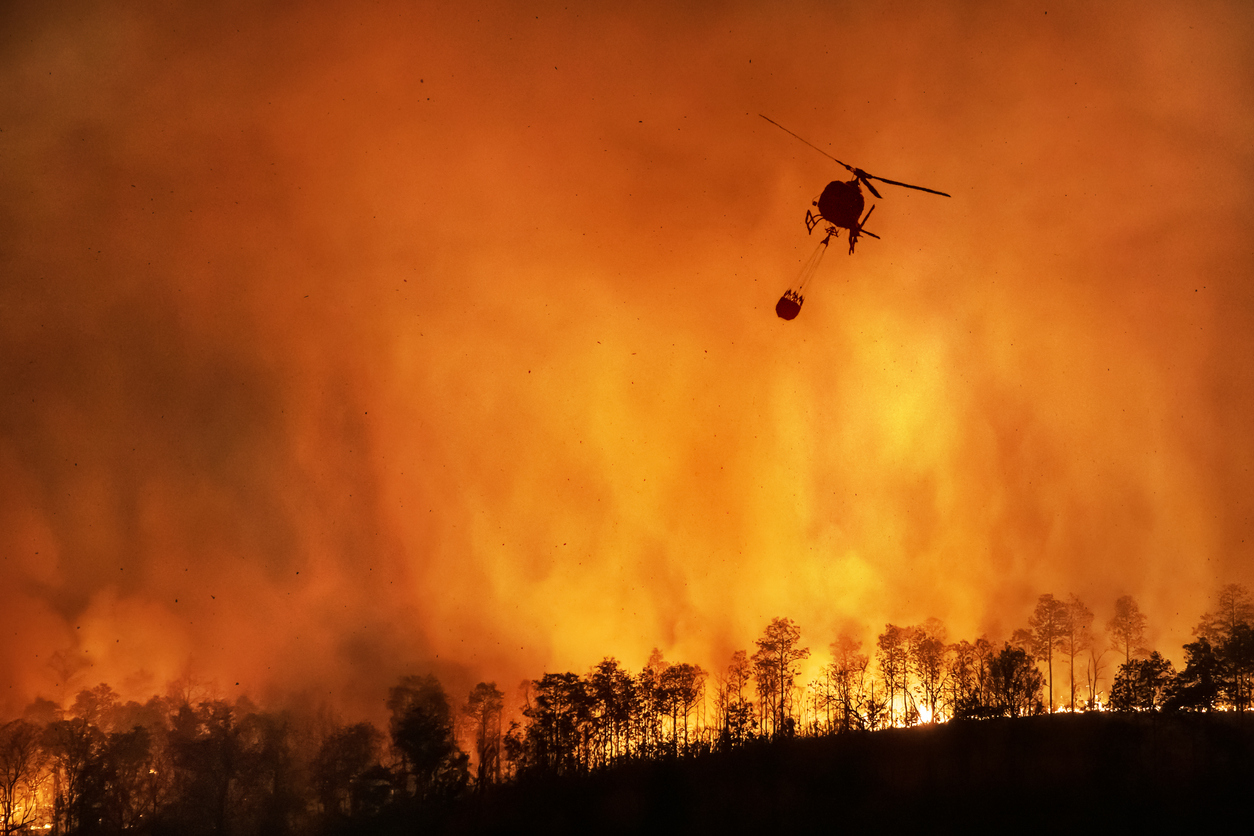In a report, Moody’s said wildfires in California, Oregon, Washington and other western states damaged or destroyed about 9,657 homes and commercial structures and burned more than 5 million acres, according to the National Interagency Coordination Center, California Department of Forestry and Fire Protection and other authorities.
Assuming CAL FIRE’s estimate of about 5,792 structures destroyed or damaged, and an average value of about $826,000 per structure, California insured losses would be about $4.8 billion so far, Moody’s said.
In addition, about 3,865 structures have been destroyed in Oregon, Washington and other western states, according to Moody’s. Given typically lower home values and construction costs in those states, Moody’s expects the per-structure losses in those states to be lower than the California average.
Overall, Moody’s currently estimates insured losses in the $5 billion to $8 billion range. Given the strong recent recovery in the housing construction market following the COVID-19 shutdown in second-quarter 2020, the increase in demand for construction labor and materials following the wildfires and other recent catastrophes has the potential to lead to higher insured losses.
California and Oregon homeowners insurers are also likely to incur higher costs from additional living expense claims, given that tens of thousands of residents in these states have been subject to evacuation orders, according to Moody’s. Additional living expenses are typically capped at 30% of a dwelling’s value and are paid only if the property is damaged or if the property has been subject to mandatory evacuation. Some commercial property insurers are also likely to pay business-interruption claims.
In 2017, property/casualty insurance losses from major October and December California wildfires that year totaled about $12 billion, only to be eclipsed by $13 billion of losses in 2018. With severe wildfires likely to continue, driven in part by climate change, insurers are responding by raising rates, re-underwriting risk and purchasing additional reinsurance if available.
In particular, California homeowners insurers have not renewed policies, particularly in wildland-urban interface regions, while enhancing underwriting standards, conducting inspections, requiring homeowners to take steps to reduce wildfire risk and reducing geographic clustering. Moody’s expects that Oregon and Washington homeowners insurers will start taking similar actions following 2020 wildfire losses. As with California insurers in recent years, Oregon and Washington homeowners insurers could file for rate increases following the 2020 losses.
When homeowners and commercial property owners are unable to obtain insurance in the standard market, they have the option to turn to insurers of last resort for their respective states, including the California FAIR Plan, the Oregon FAIR Plan Association and the Washington FAIR Plan. Each FAIR plan is a syndicated fire insurance pool comprising P&C insurers licensed to write property coverage business in its respective state. Although each insurer must participate in FAIR plan losses in direct proportion to its market share in its respective state, the FAIR plans have generally charged sufficient rates and insurer assessments have been historically rare. FAIR plans typically have a small share of the homeowners and property markets in their states (for example, Oregon FAIR Plan 2018 market share was about 0.5%), but Moody’s expects those shares to continue growing as insurers raise rates and nonrenew policies in wildfire-exposed regions.
Moody’s expects that reinsurers will incur a share of the wildfire losses, particularly from quota share, per risk and aggregate cover policies. Aggregate cover policies cover losses from a number of small and midsize catastrophe events, each of which is typically too small to hit larger occurrence deductibles on its own, but collectively exceed an aggregate amount. Before 2017, aggregate cover policies mostly covered tornado, hail and other storm events. As a result of the California wildfires of 2017 and 2018, aggregate cover policies have become more expensive and availability has declined.
Following significant property reinsurance pricing increases in 2020, Moody’s expects that pricing for catastrophe reinsurance policies including western wildfires will continue to increase in 2021.













